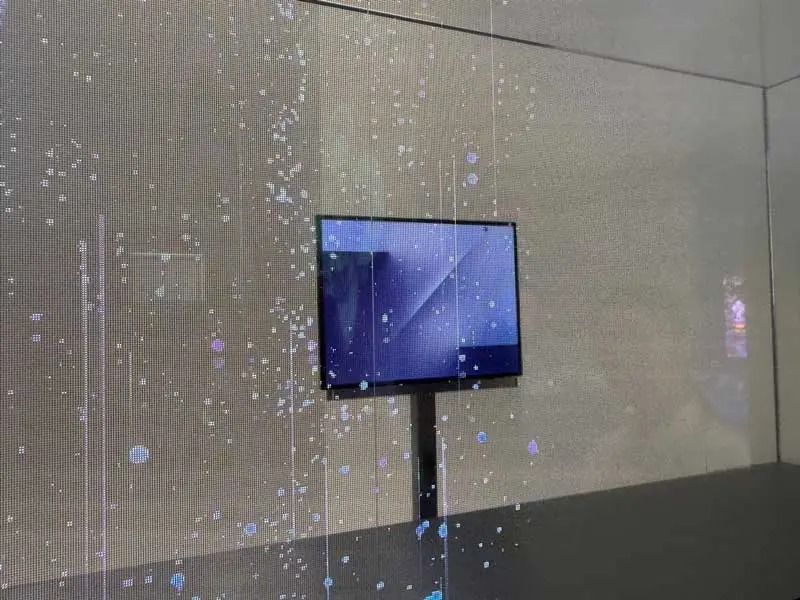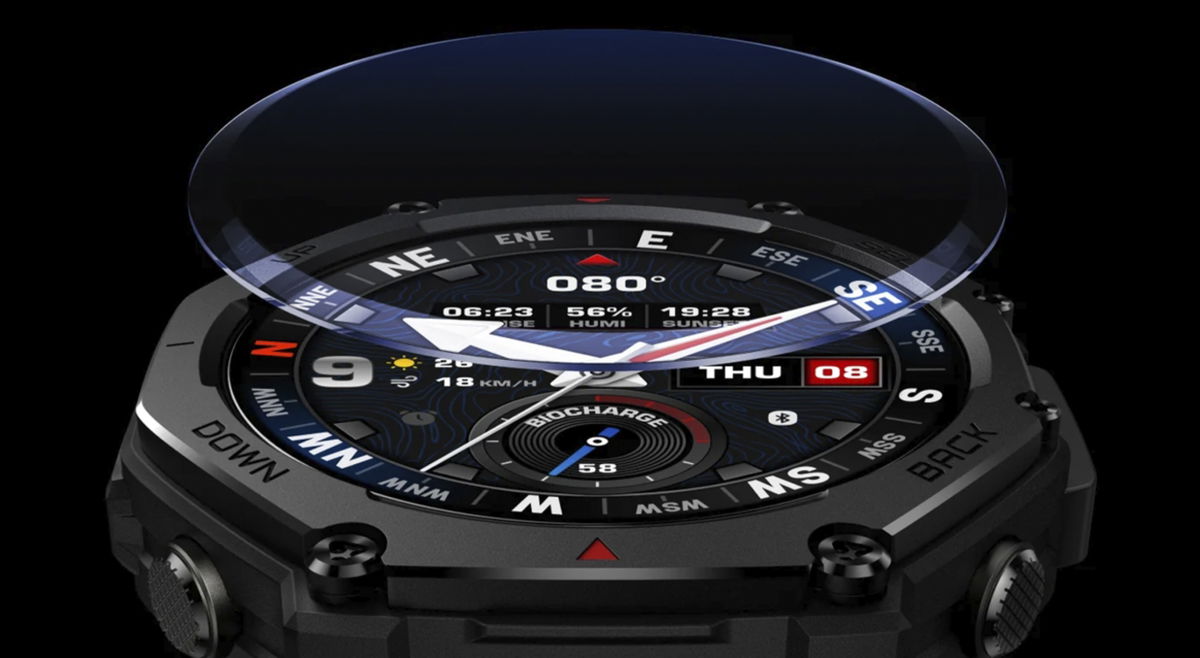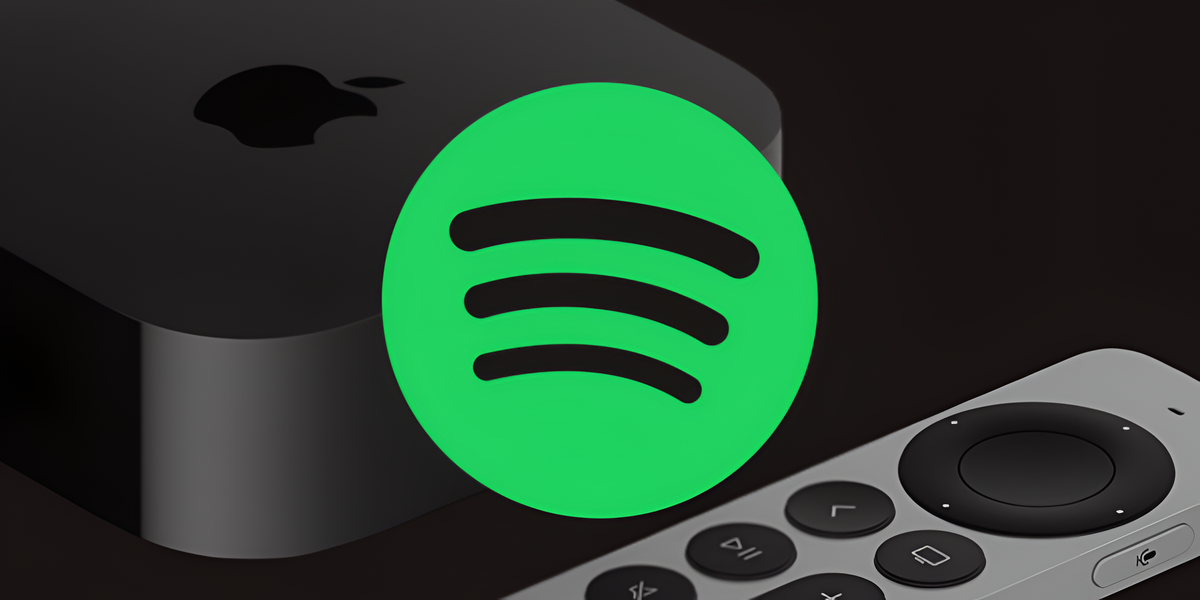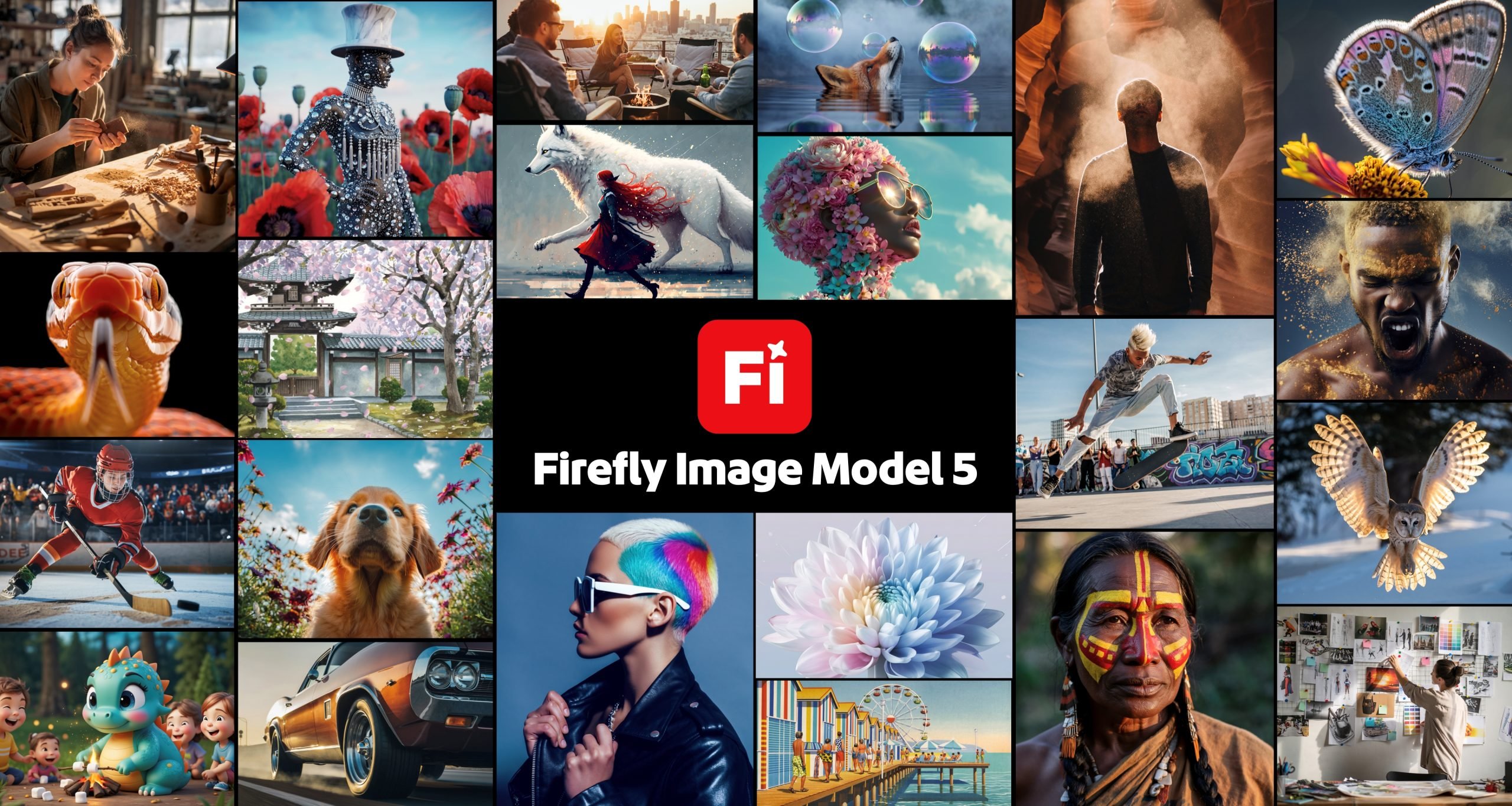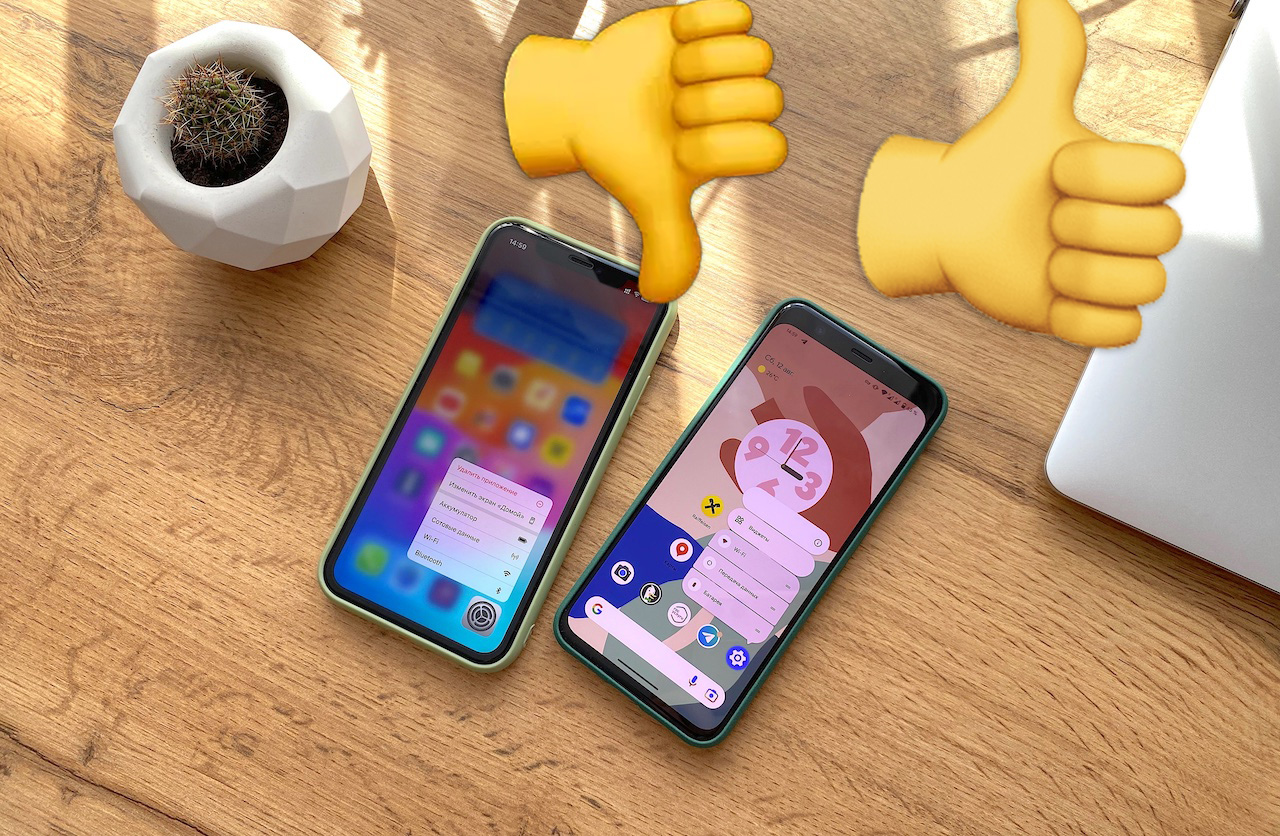I have been using iPhone for the last few years. In addition, as a diligent “apple slave”, every year I switch from older models to newer ones – starting with the iPhone 7 and gradually improving to the modern 11th.
Thus, it is much easier for me to maintain the relevance of iOS, the acceptable speed of the device, as well as liquidity: most often I buy smartphones on a secondary market, and a year later I sell them there, and often more expensive than I buy.
However, last fall I was somehow intangibly drawn to Android. Increasingly, I began to pay attention to the opinions of the owners of the “green robot”, who assure that Android has changed, not buggy, and now it’s no worse than an iPhone. The inability to pay for purchases using Apple Pay was the last straw, and I began to look after an Android smartphone.
How I chose my green robot
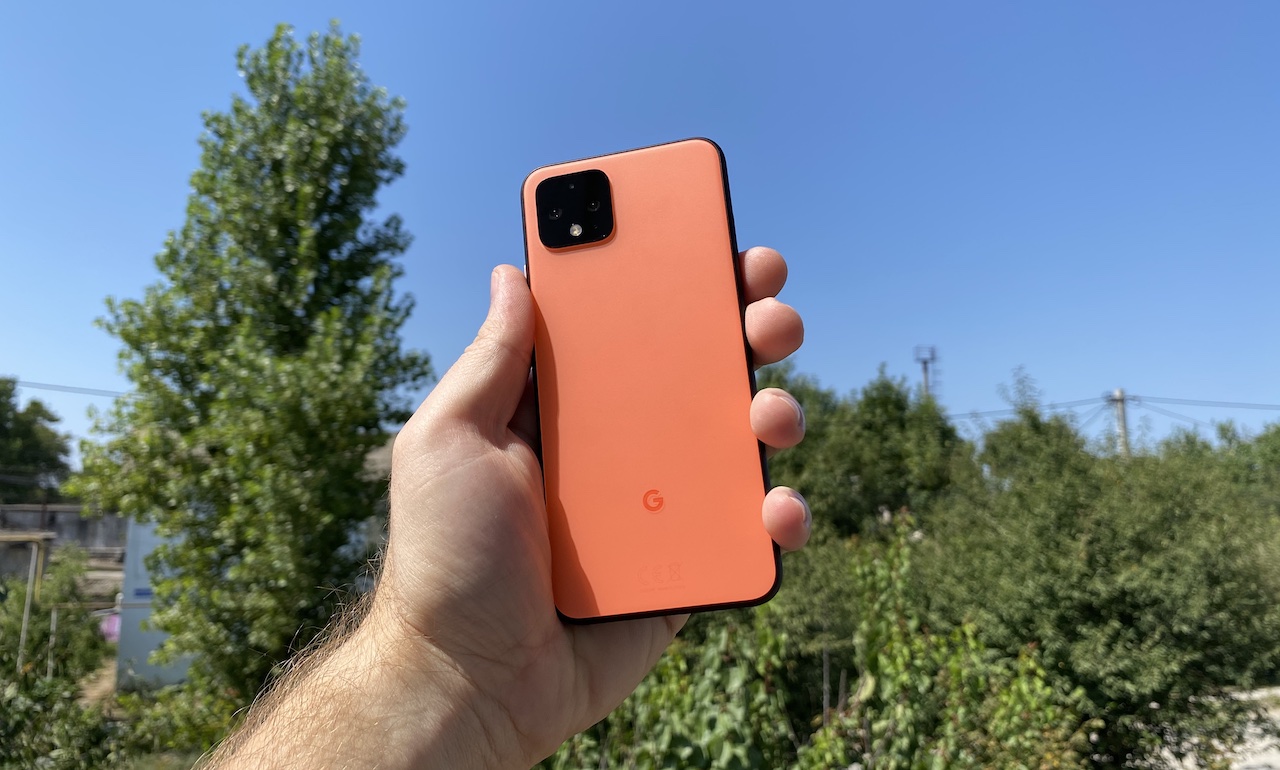
I didn’t want to swing much at the price – I set myself the bar of 15-25 thousand rubles. And the first thing I understood right away – don’t want chinese shells. Here, no multicolor, no strange fonts in my eyes, after five years of work on iOS, they will not endure.
With this condition, the range of models is seriously narrowed: in fact, these are only Google Pixel and Nothing Phone. True, I managed to take a closer look at Realme, and this is how it was.
Since I didn’t have any idea about pricing and Android model lines at all, I decided to just go to Georgian retail with “feeling” stands and touch everything that would be there. I came, I saw a nice Realme GT Master – compact, with a bright OLED display, the norm of hardware (Snap 778G and 6 GB of RAM) and an acceptable price tag – then around 25 thousand rubles.
I picked it up, tried to climb through the interface … and it depended:
I put Realme in place, washed my hands and decided to forget about the “Chinese”.
Google Pixel 6 was then more expensive than I wanted, and Pixel 6A did not like the quality of the display and body. I went to look at the “secondary”. And a very nice Pixel 4 caught my eye: only 12 thousand, orange, and most importantly – almost new.
The previous owner bought it in the official retailer just a month and a half ago. I remember it was already midnight on the clock, and with square eyes I raced on foot through the night, shining fire of Batumi to the Orbi City residential complex to meet with the seller.
Ten minutes later, the deed was done, and I was already running home, clutching the cherished box.
First sensations. Delight, curiosity, contemplation
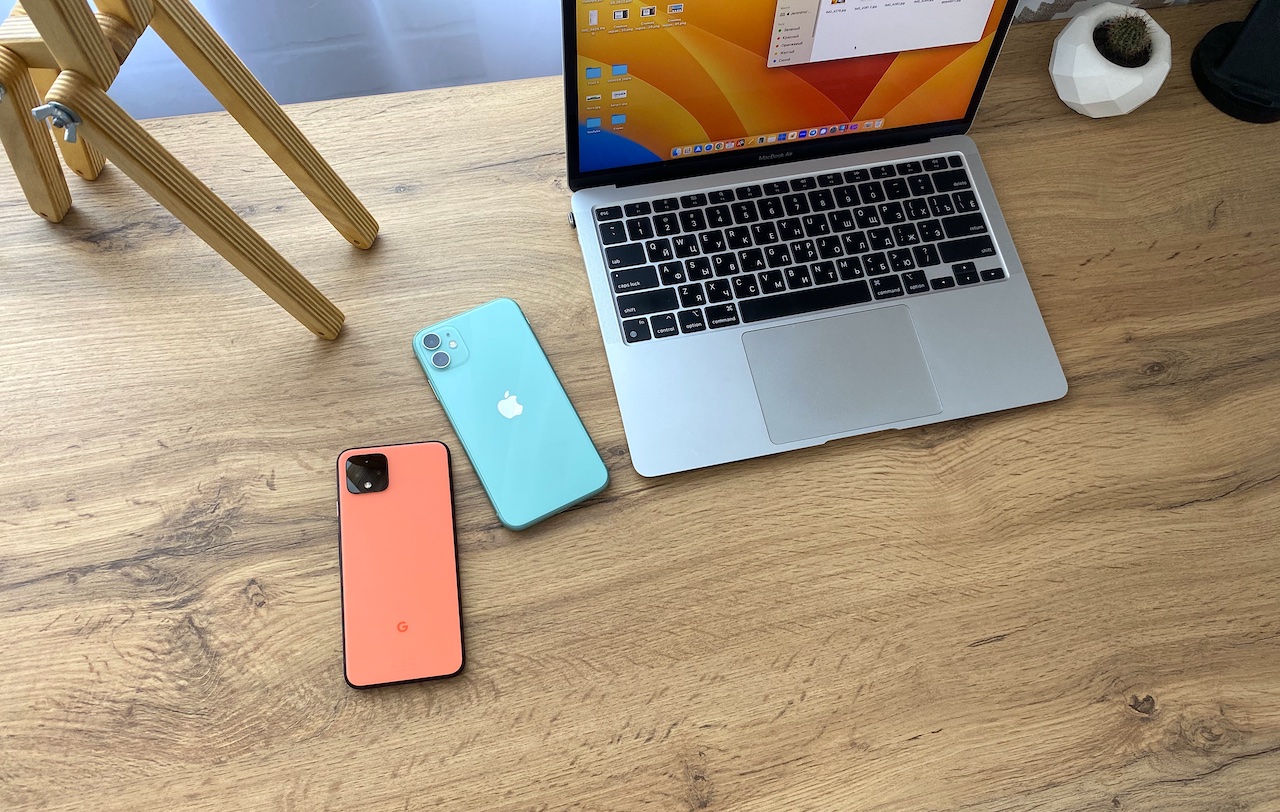
He is so cool! No, seriously, the Pixel 4 is no joke. charming smartphone. The 5.8-inch diagonal ensures compactness, and thanks to the very thin body, the device almost does not heat up in the hand. The matte bezel and matte back cover create a wonderful tactile feedback, and as a result, this handsome man does not want to let go of his hands.
As for iron, it is also not a miss (especially for 12 thousand rubles) – Qualcomm Snapdragon 835 and 6 GB of RAM Provides good OS speed even for 2023, and the 90Hz screen refresh rate gives the feeling of a very responsive device.
On the tablet, the “baby” has Android 13, and this is the last OS for him. I sincerely think that Google should be ashamed: the much slower Pixel 4A will get Android 14, and my jet quad flies by. But don’t worry, 13 is also a great OS. It so happened that it was with her that my full acquaintance with modern Android began.
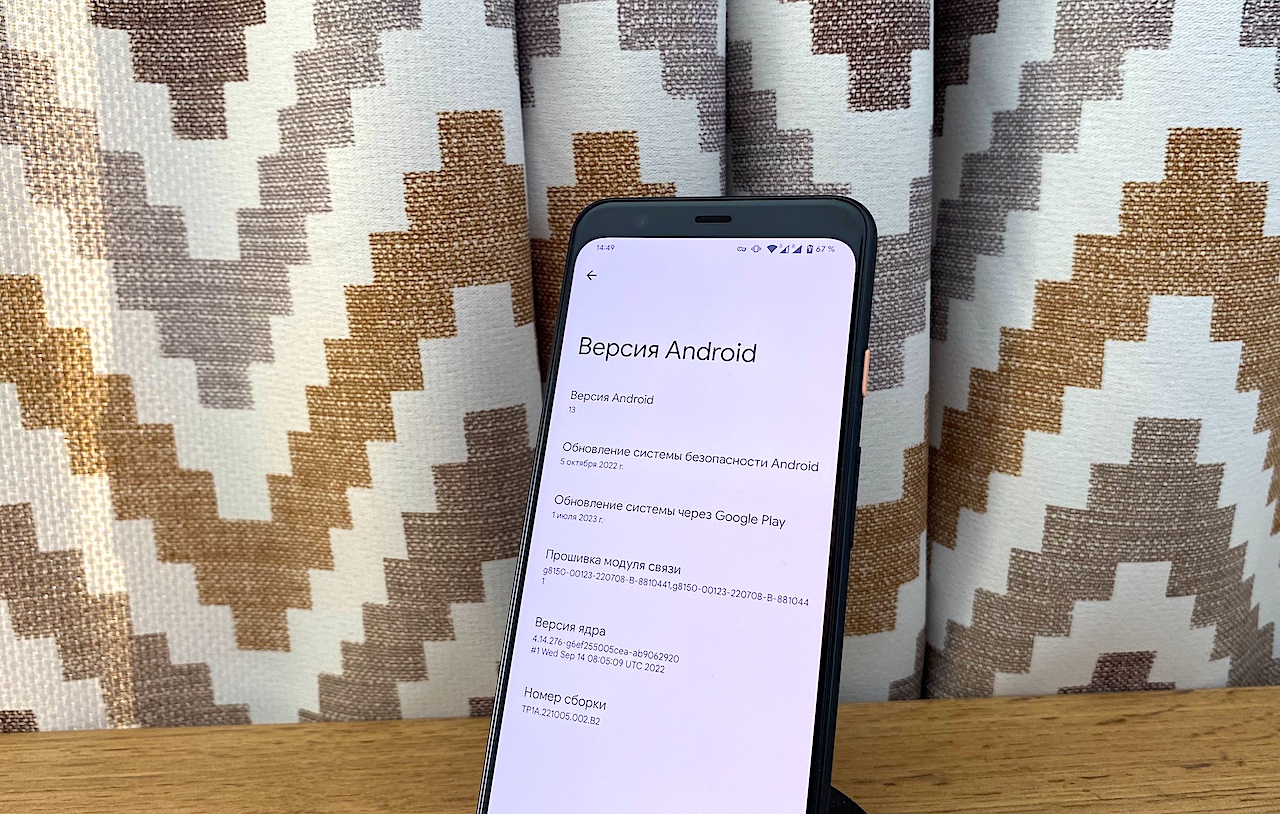
Of course, after iOS everything was unfamiliar. The long-forgotten Android application menu on swipe gradually rises until now sometimes sometimes plunges me into a stopper. Yes, the iPhone has had an “App Library” for several years, but I’m not saying that you seriously use it. Me not.
In general, the logic of how iOS and Android work in 2023 is quite popular, and swipe management has brought them even closer. Desktops, task manager, “shutter” with quick source management – the visual interface is different, but the general logic is guessed.
I can’t say that I was somehow very lost there, got lost and starved to death in the bowels of the systems; In the first few days, all the main utilities were set up, and the “paths” were trodden.
Impressions after a year Did you give up your iPhone?
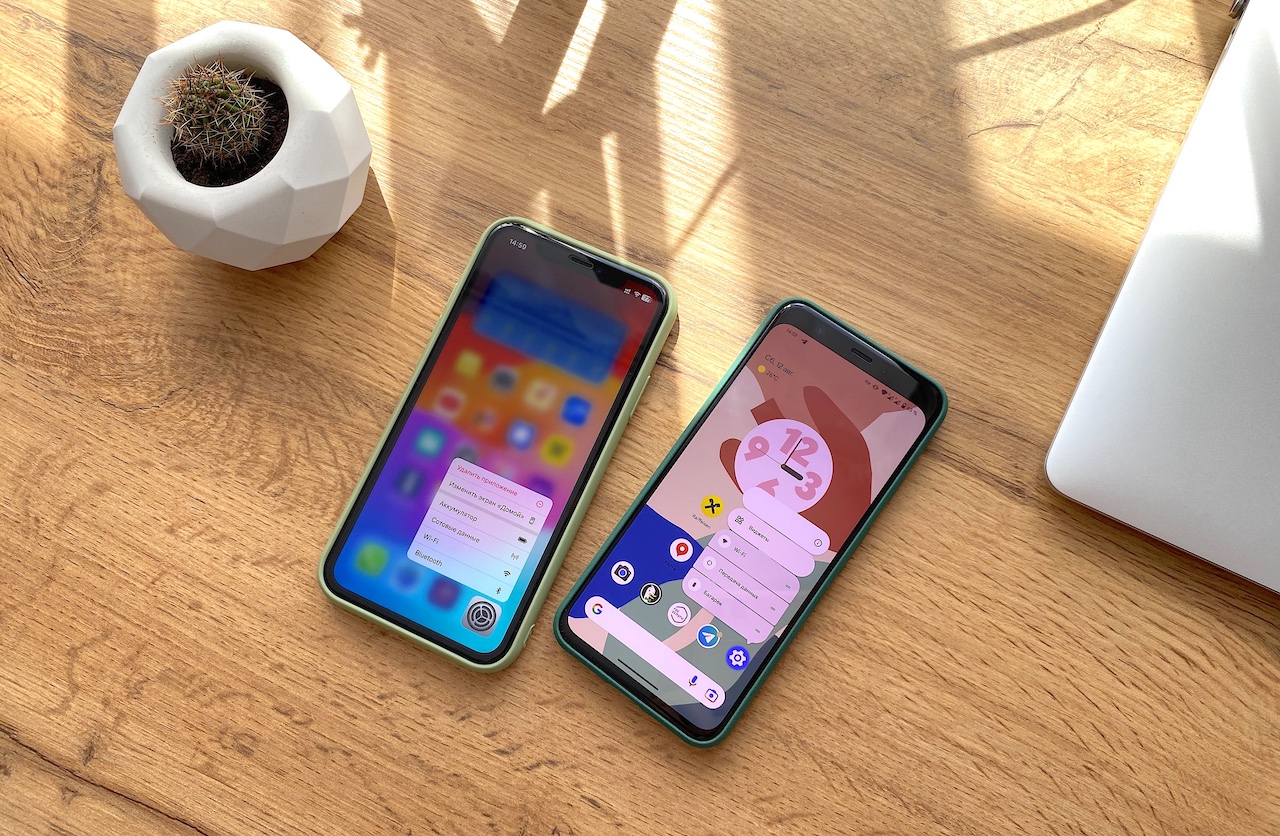
It will be exactly a year in the race since I got my Google Pixel 4. I will say right away: I do not want to part with it, but I have not completely switched to it from the iPhone 11.
Perhaps the worst thing that most iPhone owners in Android are afraid of is lags, glitches and system instability. I can say with confidence that all this is definitely not in the “pure” Android 13. I was surprised, finally, the Android smartphone works smoothly and stably: without expecting anything special from it, I got a full-fledged working tool, also very compact.
My Pixel 4 turns on very quickly, after showing the desktop, it loads completely in just 3-4 seconds. It opens applications very quickly – both external and built-in, quickly loads the feed and content, quickly moves me between applications with a horizontal swipe along the navigation bar at the bottom.
By the way, at the expense of gestures: it’s cool that they are almost completely such in iOS, because the user does not feel discomfort when “moving” between the OS and instantly gets used (yes, I’m talking about myself).
In less than a year, I can remember a maximum of a couple of cases when the Pixel parameters were thrown out of the application and ordered. fig something unreasonable.
By the way, such cases also happen on the iPhone, so – parity. The smartphone is stable and nimble, it handles additional software perfectly and, in principle, I don’t see any “nightmare” adaptation or gross errors or bugs in work at all – what can I say, it works just as stable as my iPhone.
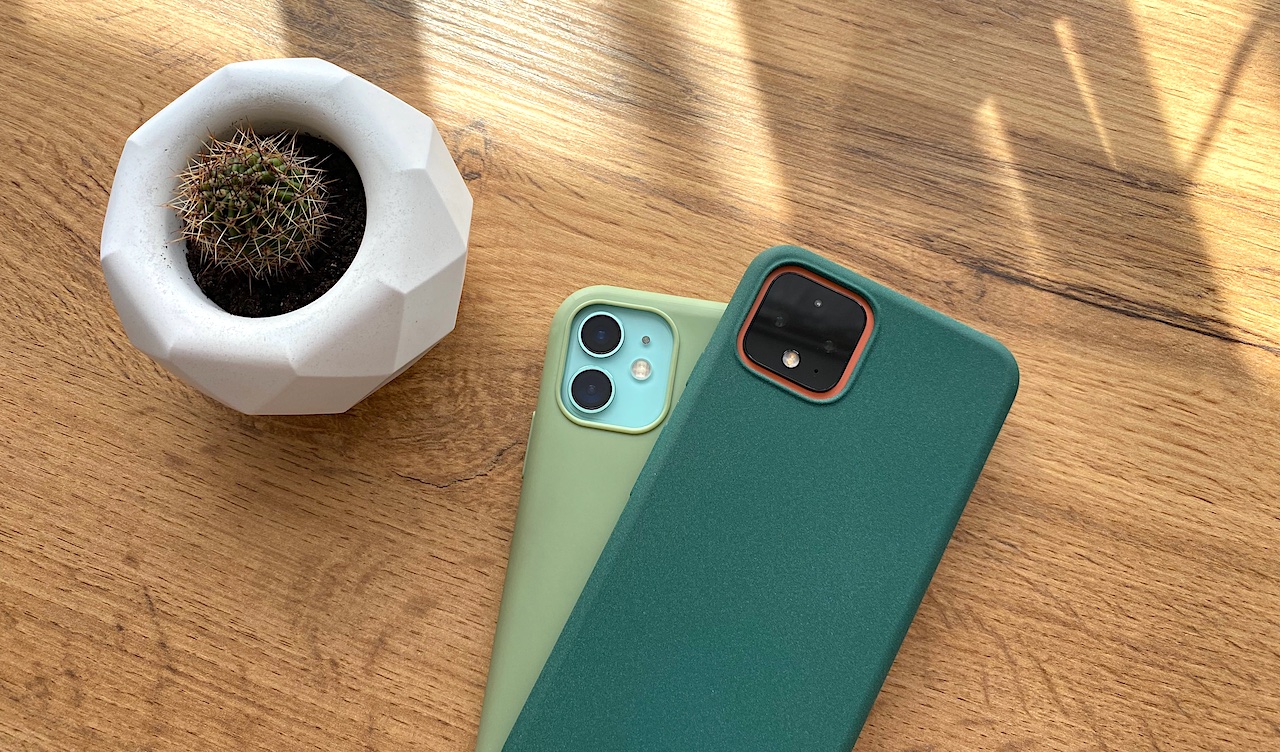
With some limitations, I like the interface of Android 13. The system got very nice and smooth animations, they look great and are pleasing to the eye, especially at 90 Hz. This is an important part of the experience, as animations and transitions provide the core feel of the device, including the aftertaste. Here they are nice.
Usually, when it comes to Pixel, it is customary to praise his camera. I will also praise, but from several other angles. I really liked the cameras of all my iPhones until I bought the Pixel 4. Now I take pictures for articles and reviews only on it. I really like post-processing algorithms.
But I wanted a more critical moment: this smartphone showed me that Android, in principle, can shoot well. Photos from different models of androns that I saw earlier, I did not like the detail and sharpness, but the Pixel 4 takes very good and, so to speak, voluminous pictures.
Test.
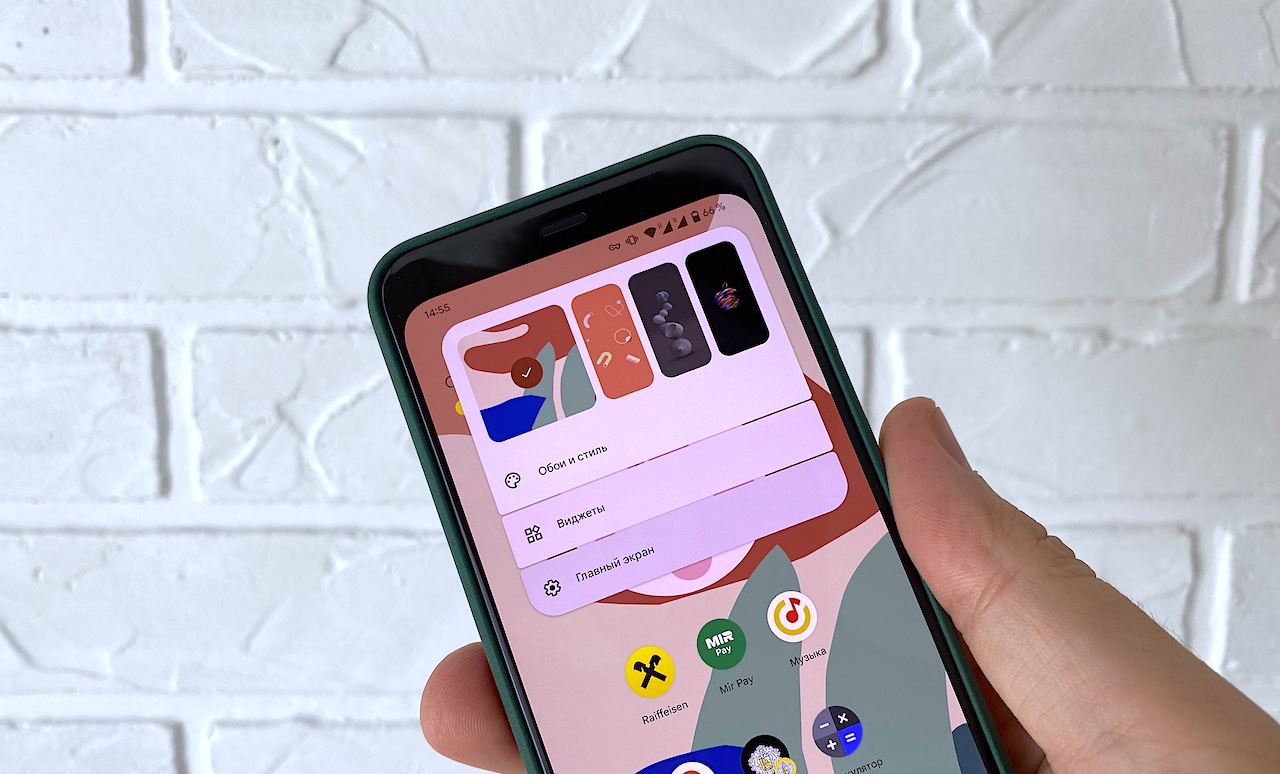
Of course, there are incidents and even children’s sores. For example, all this time with an “android” in my hands, I observe the same bug in the YouTube application: while watching a video on the whole screen, I call the tap control button on the screen, after which they do not disappear until the end of the video, at least tap.
The only way to remove them is the zoom gesture. Helps to do the following Play/Pause. And this is a native application from Google on the same smartphone of yours! It’s embarrassing.
I also sometimes catch a glitch with the switch: after sending a photo, the computer accidentally goes to the desktop by mistake, since the first gesture “slips” and does not work. This bug has not been fixed either, and it looks like it won’t happen anymore – the updates are over.
But what about the Apple ecosystem?
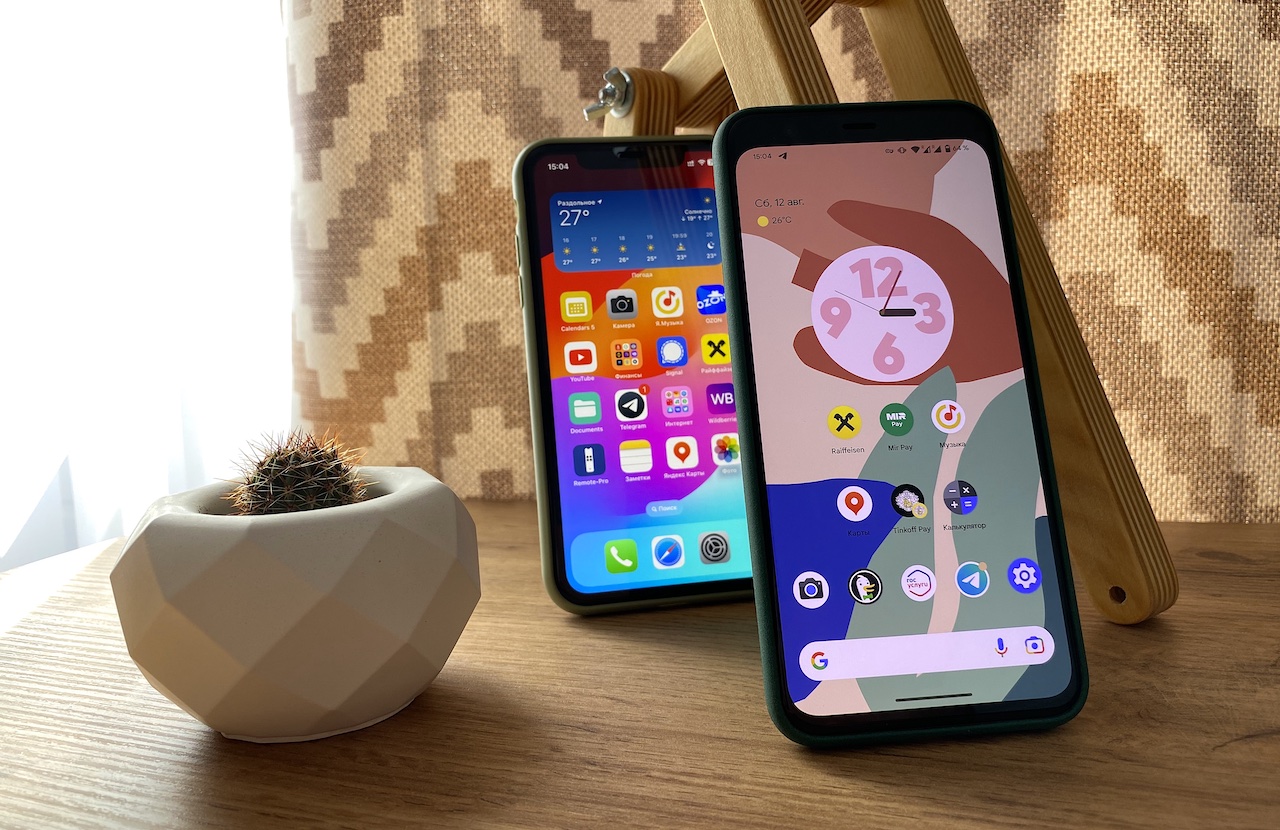
Let’s talk a little about how it is to wedge Android into the Apple ecosystem.
Strictly speaking, my ecosystem is slightly castrated: only the iPhone 11 and MacBook Air M1 remained on hand from the “apple” devices. I used to use AirPods, but recently I happily delivered them by swapping Vivo earbuds.
In our happy time, the restriction of most services is cross-platform. This means that the application pulls content, data and settings from the clouds, no matter what OS it is running on. It turns out that Telegram, YouTube, Chrome, Zoom, Yandex Music and Yandex services in general, bank accounts – all this as such does not require any ecosystem.
The main problem, in fact, was the transfer of files and especially photos between devices. I got the hang of sending photos from Pixel to MacBook with the help of an ingenious utility Almost Drop, which works with as much precision as AirDrop. True, only in one direction: nothing can be transferred from macOS to Android.
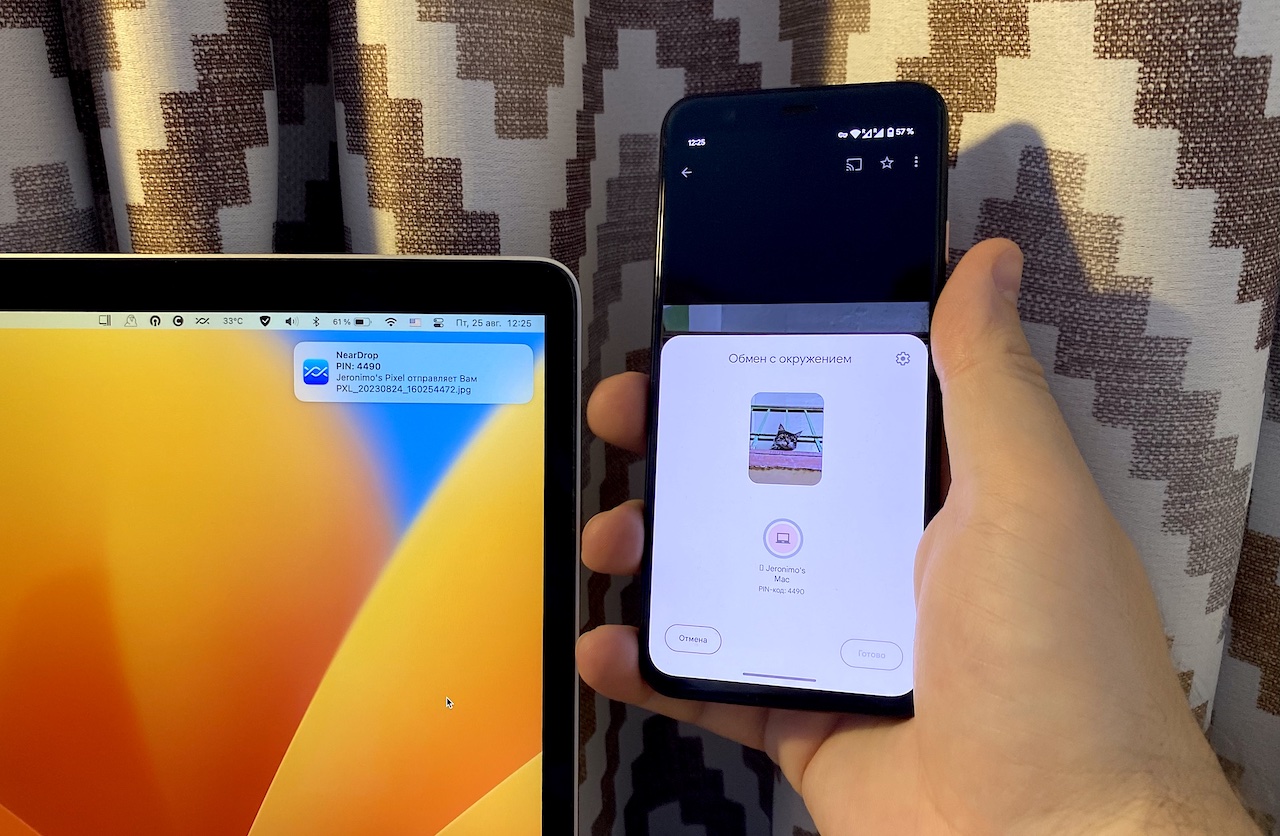
As for the Pixel → iPhone trajectory and vice versa, I use “Favorites” in Telegram. Simple, fast, convenient. Yes, I am addicted to the Internet, but I have it almost always and almost everywhere. And when it is still not there, I suffer a little.
There are a few other elements of the Apple ecosystem – “Keychain” and a shared clipboard. As for the passwords, I just copied a few accounts to the Pixel that I usually need there, and did not set up any synchronization. And in the video I found a common clipboard, I have the same Telegram, since I don’t have simple and stable options for the utility component.
Which is better – Android or iOS?
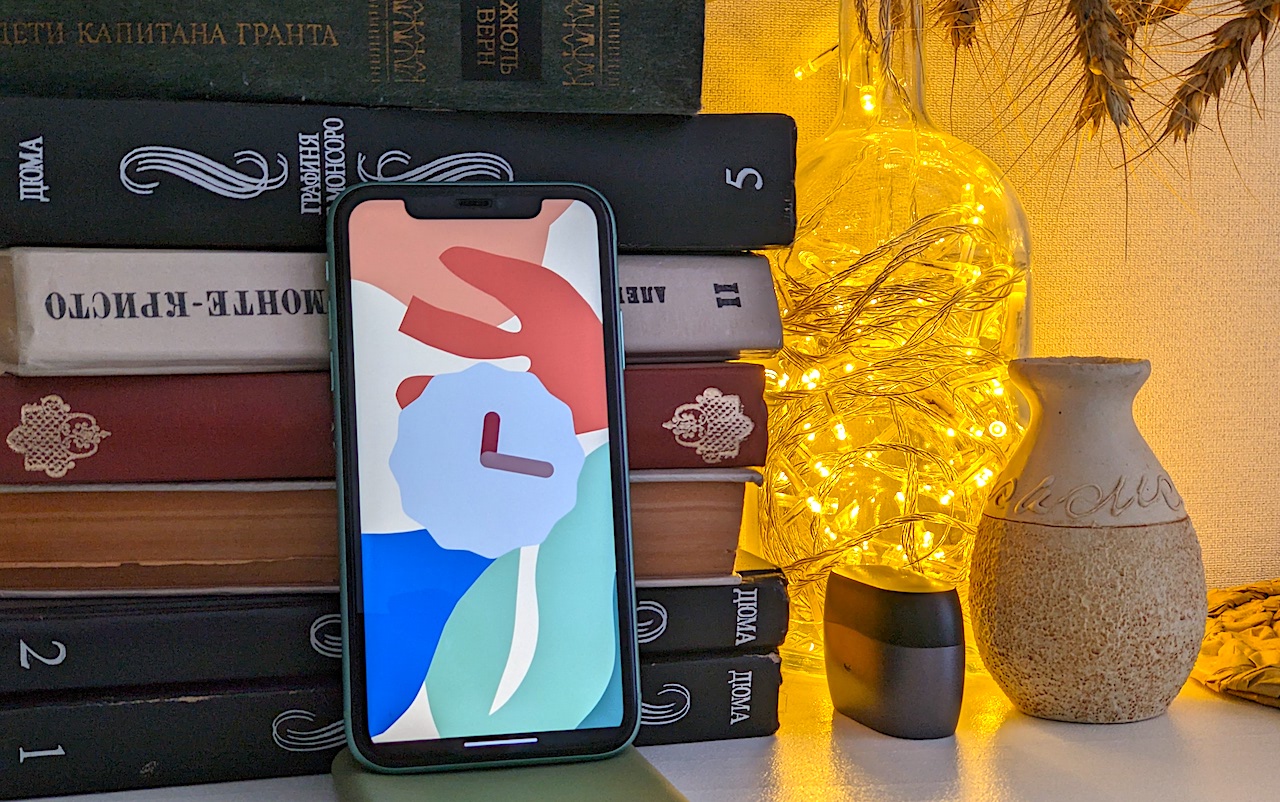
For me it’s iOS.
I want to be understood correctly: Android 13 went wild to melike its carrier, the Pixel 4. But go to it completely until it’s ready. And the point, most likely, is not in some rational subtleties of work or physical flaws of Android – it is quite capable of correctly selecting all my tasks and is very pleasing aesthetically. But I just feel cozy and comfortable in iOS. Perhaps this is temporary.
Now I have an Android smartphone in the videos of the second device. When the iPhone is empty, when I need to drive to the store and back, when I need to shoot something, I take the Pixel 4 and do not suffer at all. And at the checkout I use it like a king, and the whole trading floor applauds.
Source: Iphones RU
I am a professional journalist and content creator with extensive experience writing for news websites. I currently work as an author at Gadget Onus, where I specialize in covering hot news topics. My written pieces have been published on some of the biggest media outlets around the world, including The Guardian and BBC News.

